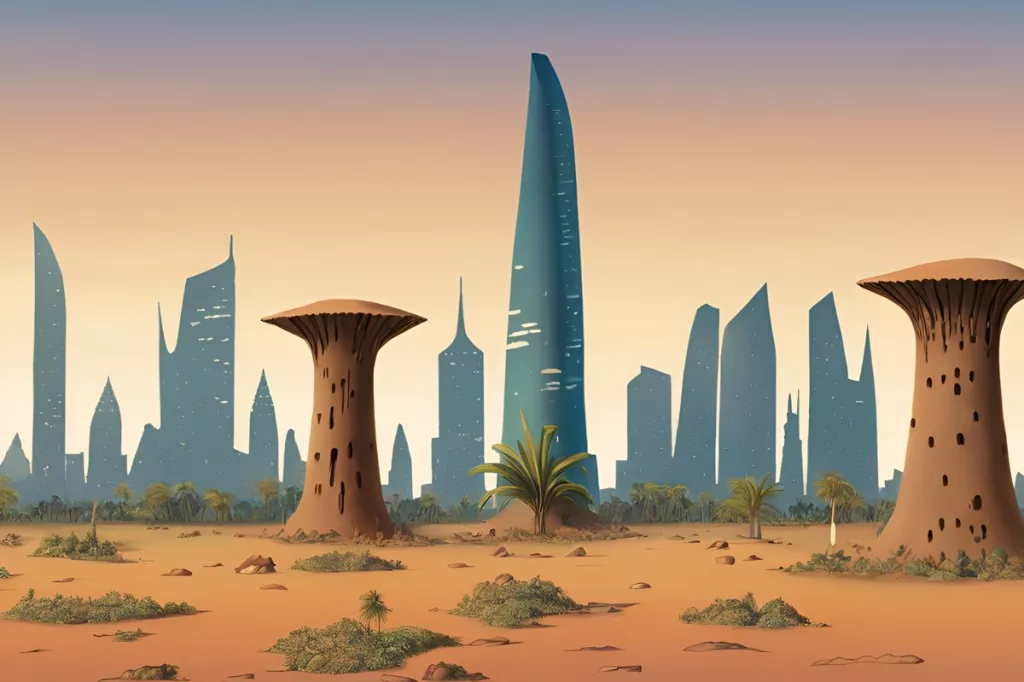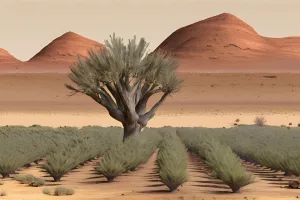The termite mounds of Namaqualand, South Africa, have been found to be the world’s oldest termite colonies, dating back 34,000 years. These heuweltjies have provided crucial insights into ancient climates, ecosystems, and carbon sequestration processes, making them important for calculating a country’s carbon budget and combating climate change. The termites’ harvesting activities and the dissolution of soil mineral calcite in these calcareous mounds offer longterm carbon storage solutions that companies strive to replicate in enhanced weathering and ocean alkalinity enhancement projects. These termite mounds are a natural wonder that provides a glimpse into Earth’s ancient past.
The Spekboom, a plant indigenous to the Little Karoo in South Africa, has the unique ability to sequester carbon both day and night, making it a valuable tool in fighting climate change. Jobs 4 Carbon, a nonprofit organization, has successfully rejuvenated nearly 700 hectares of land by planting young Spekbooms. The organization aims to capitalize on the plant’s potential through carbon credits, and botanist Alastair Potts praises the Spekboom’s regenerative abilities in restoring the environment and reducing emissions from land degradation.


